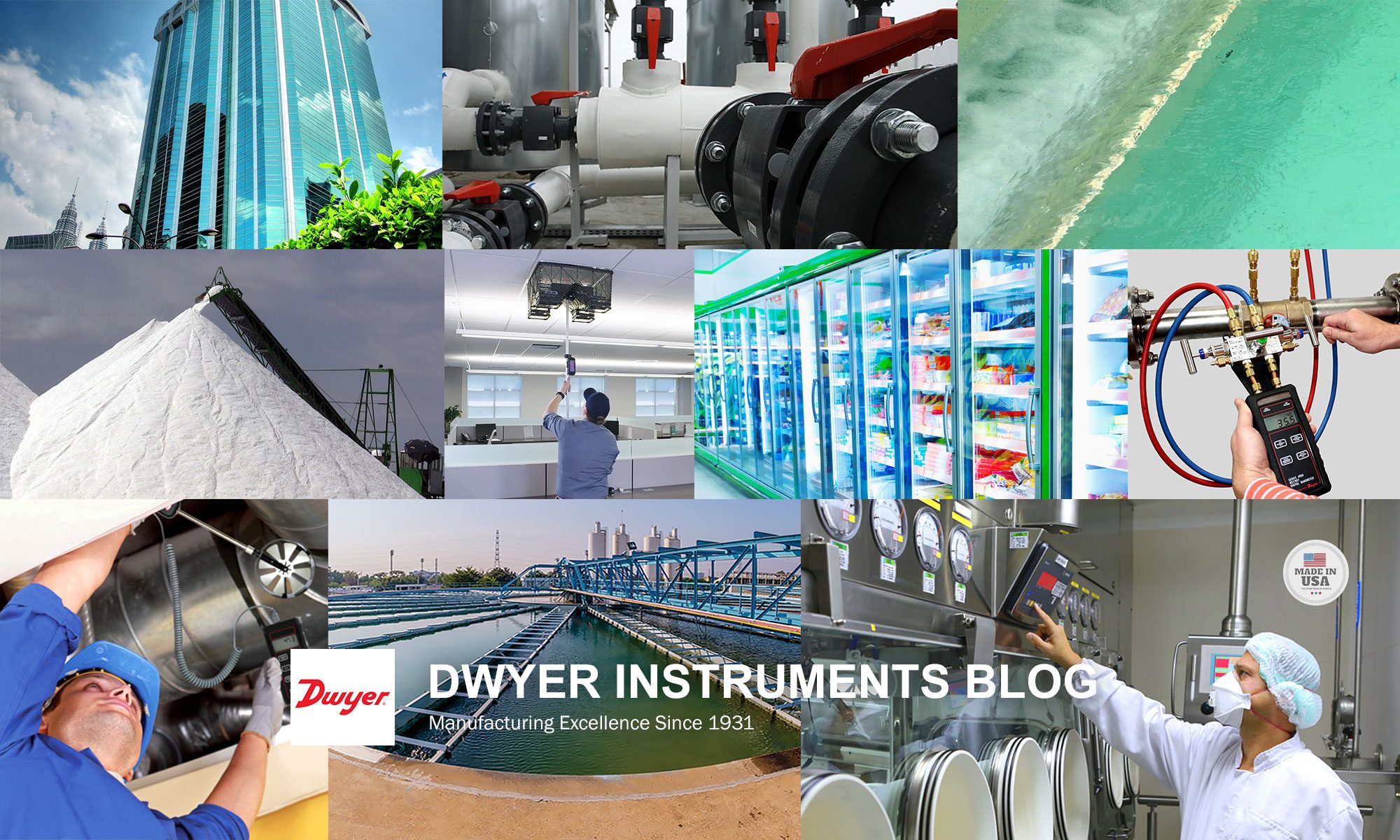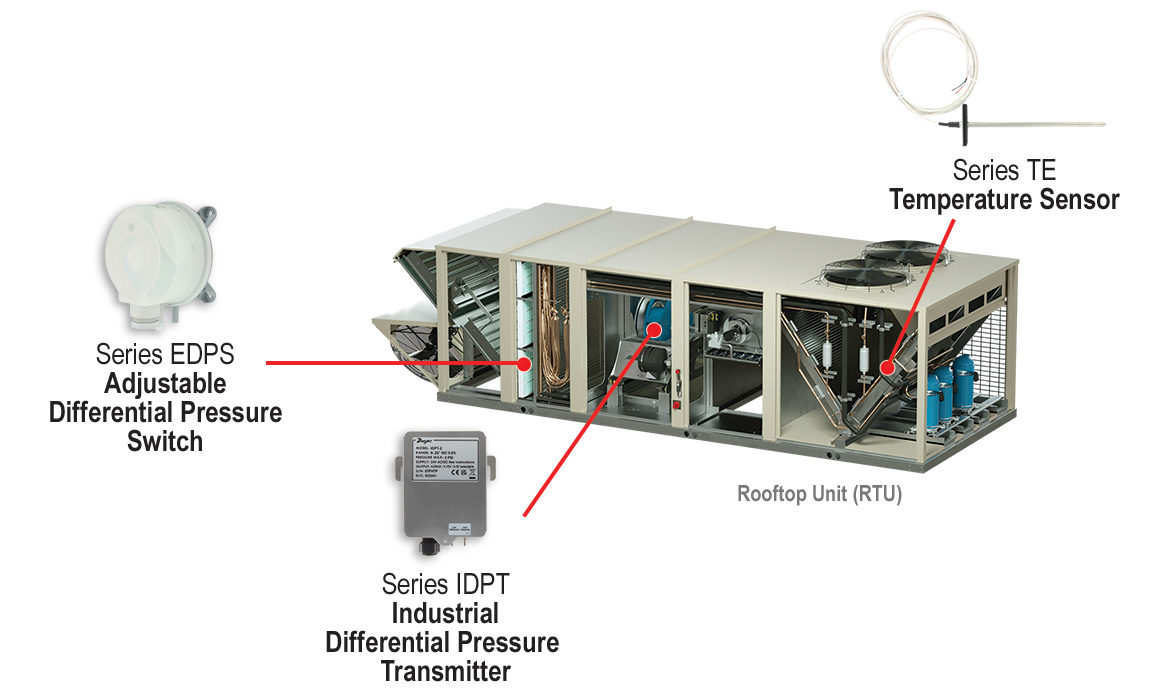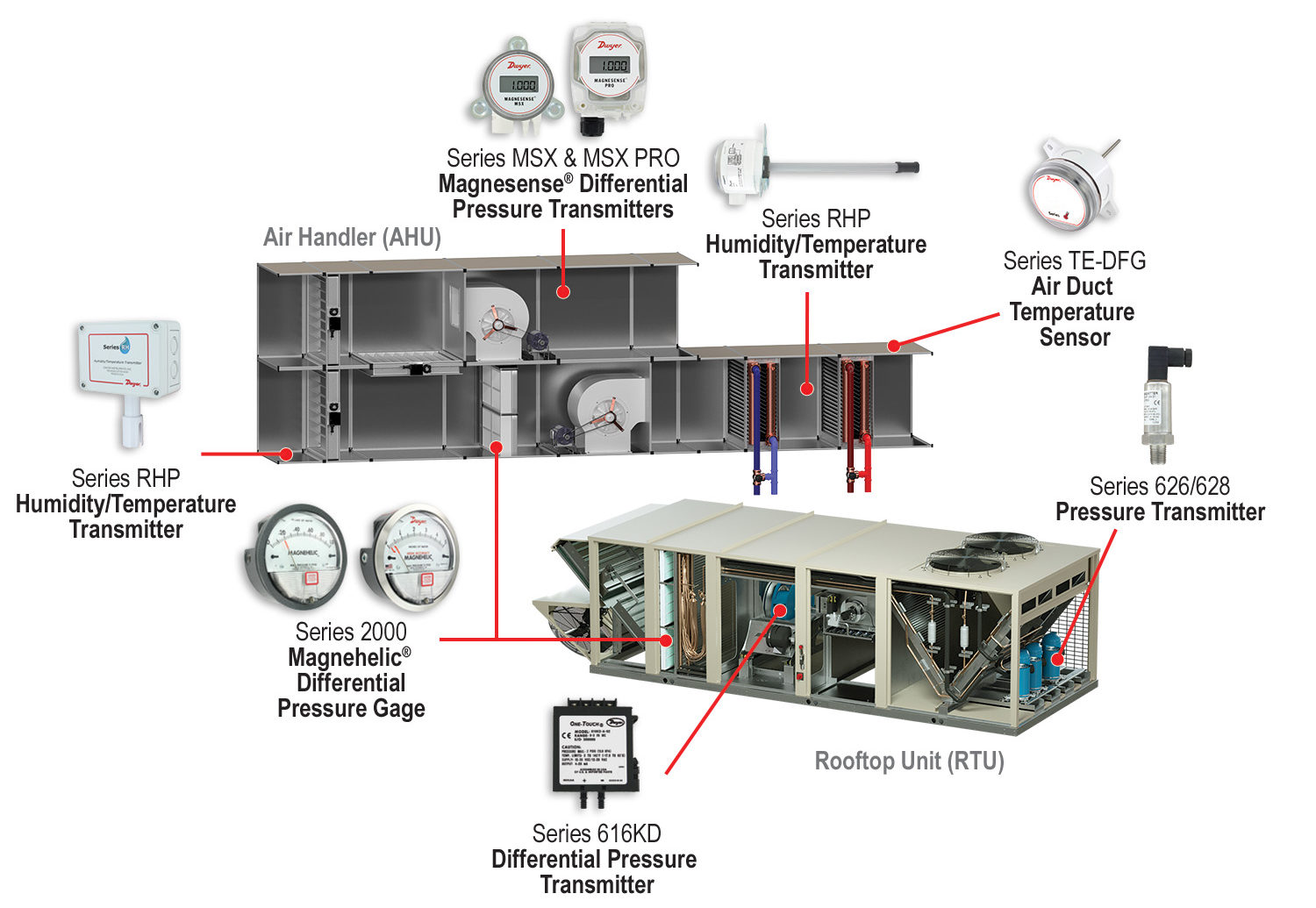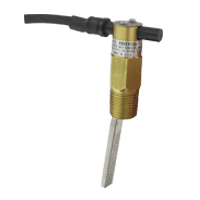 This June has seen record-breaking wildfires in Canada, with many fires still raging across the provinces and territories. The blaze, which has resulted in many individuals being forced from their homes and is expected to continue throughout the 2023 wildland fire season (canada.ca), has also brought with it thick smoke/smog for Canada’s USA neighbors. Continue reading “Importance of Monitoring IAQ During Wildland Fire Season”
This June has seen record-breaking wildfires in Canada, with many fires still raging across the provinces and territories. The blaze, which has resulted in many individuals being forced from their homes and is expected to continue throughout the 2023 wildland fire season (canada.ca), has also brought with it thick smoke/smog for Canada’s USA neighbors. Continue reading “Importance of Monitoring IAQ During Wildland Fire Season”
Series IDPT: Built for Compliance
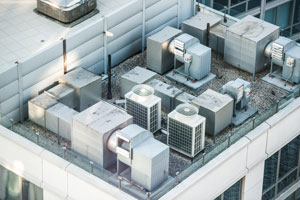 The HVACR industry is evolving to create more energy efficient and sustainable ways to cool our homes and commercial buildings using eco-friendly refrigerants that are less damaging to the environment, but significantly more flammable than their predecessors. The UL standard 60335 aims to balance these greener refrigerants while still maintaining occupancy safety as it applies to “packaged air conditioners and heat pumps; partial units; liquid chillers and hydronic fan coil units; hot water heat pumps; dehumidifiers; supplemental heaters and equipment with flammable refrigerants1.”
The HVACR industry is evolving to create more energy efficient and sustainable ways to cool our homes and commercial buildings using eco-friendly refrigerants that are less damaging to the environment, but significantly more flammable than their predecessors. The UL standard 60335 aims to balance these greener refrigerants while still maintaining occupancy safety as it applies to “packaged air conditioners and heat pumps; partial units; liquid chillers and hydronic fan coil units; hot water heat pumps; dehumidifiers; supplemental heaters and equipment with flammable refrigerants1.”
With this standard there are significant regulations put onto the plastics used in air handlers to meet certain burn and smoke criteria, as tested and approved by the UL Yellowcard. Some air handling equipment manufacturers are attempting to meet this specification for pressure transmitters and sensors by mounting pressure transmitters that are typically made of plastic in a metal enclosure or mounting them outside of the plenum spaces. Continue reading “Series IDPT: Built for Compliance”
What is an Air Handler?
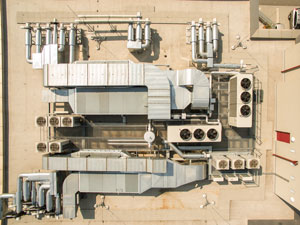 Imagine you sit down at a restaurant on the outdoor patio, and as you’re waiting to order your food, you glance at the large HVAC system on top of the building across the street. Several questions cross your mind: Why do they need such a big system? And what goes into it? Today I want to introduce one of the vital aspects of a building’s HVAC system, the air handler. Continue reading “What is an Air Handler?”
Imagine you sit down at a restaurant on the outdoor patio, and as you’re waiting to order your food, you glance at the large HVAC system on top of the building across the street. Several questions cross your mind: Why do they need such a big system? And what goes into it? Today I want to introduce one of the vital aspects of a building’s HVAC system, the air handler. Continue reading “What is an Air Handler?”
What is Stability and Why is it Important?
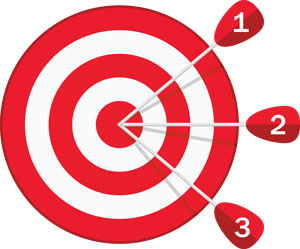 Stability is defined as a change (or lack of change) in accuracy over a period of time.
Stability is defined as a change (or lack of change) in accuracy over a period of time.
Drift is commonly used as a specification to illustrate the stability, or change in accuracy over a period of time, commonly shown as X%/year where X = a number; i.e. 0.25%/year. In this scenario, a device with a ±1% accuracy, would be expected to have an accuracy of ±1.25% (1%+0.25%) after a period of one year. Depending on the design, brand, and range of the sensing instrument, the stability can vary widely. Continue reading “What is Stability and Why is it Important?”
Proving Water Flow in Rooftop Air Handlers
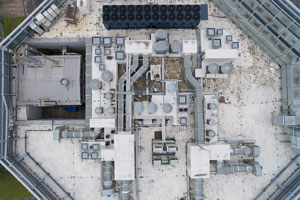 We met with an original equipment manufacturer (OEM) last year, who was working on a new design for rooftop air handling equipment. Part of the their design utilized water flow for cooling in a loop.
We met with an original equipment manufacturer (OEM) last year, who was working on a new design for rooftop air handling equipment. Part of the their design utilized water flow for cooling in a loop.
Low or no-flow conditions can cause major damage to expensive pumps, motors, and other equipment, which could result in extensive downtime and repair costs. In order to prevent this, the customer needed an inexpensive, but reliable and robust method for proving water flow. Continue reading “Proving Water Flow in Rooftop Air Handlers”
